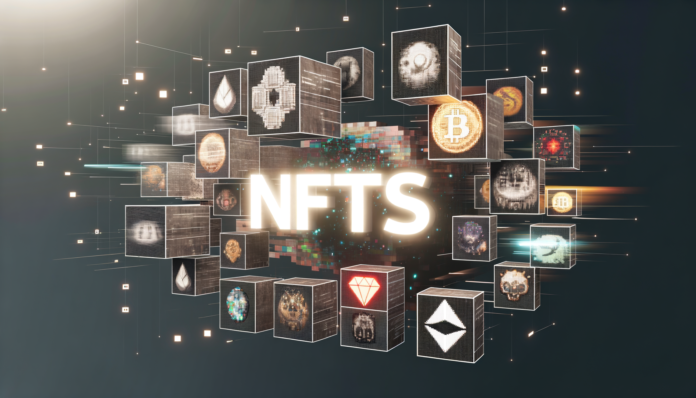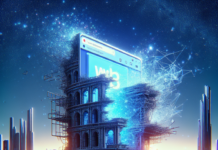The Hidden Economy of Digital Collectibles: How NFTs Are Evolving Beyond Art
Introduction
Non-Fungible Tokens (NFTs) initially burst onto the scene as a revolutionary way to own and trade digital art. However, the scope of NFTs extends far beyond the realm of static images and profile pictures. A vibrant and evolving ecosystem is developing, with NFTs finding utility in various sectors, from gaming and music to real estate and supply chain management. This hidden economy represents a paradigm shift in how we perceive and interact with digital assets, creating new opportunities for creators, businesses, and consumers alike. This article delves into the expanding applications of NFTs and explores the potential they hold for reshaping industries and revolutionizing digital ownership.
NFTs and the Metaverse: A Match Made in the Digital World
The convergence of NFTs and the metaverse is a natural fit. NFTs can represent unique in-game items, virtual land, avatars, and even access passes to exclusive events. This creates a player-owned economy where users truly own their digital possessions and can trade them freely. Imagine owning a limited-edition sword in your favorite RPG or a piece of virtual land that generates revenue through virtual advertising. NFTs empower players and creators, blurring the lines between the virtual and physical worlds.
Tokenizing Real-World Assets: Bridging the Gap
NFTs are not limited to digital realms. They are also being used to tokenize real-world assets, streamlining processes and unlocking new levels of efficiency. Consider real estate: fractional ownership of properties becomes significantly simpler with NFTs, making investment accessible to a wider audience. Supply chain management can also benefit from the transparency and traceability offered by NFTs, allowing for easier tracking and verification of goods throughout their lifecycle.
The Future of Fan Engagement: Exclusive Access and Community Building
NFTs have the potential to revolutionize fan engagement. Musicians can release exclusive content, backstage passes, or limited-edition merchandise as NFTs, offering fans a new way to connect with their favorite artists. This fosters a sense of community and provides unique experiences that were previously impossible. Imagine owning a piece of music history or getting access to exclusive concerts through an NFT. This fosters a sense of community and provides unique experiences that were previously impossible.
Challenges and Opportunities: Navigating the NFT Landscape
Despite the immense potential, the NFT space faces challenges, including environmental concerns related to energy consumption, scalability issues, and regulatory uncertainties. However, ongoing developments in blockchain technology and growing awareness of sustainable practices are addressing these concerns. The future of NFTs hinges on striking a balance between innovation and responsible development. As the technology matures and regulation catches up, the hidden economy of digital collectibles is poised for explosive growth.
Conclusion
NFTs are much more than just digital art. They represent a fundamental shift in how we perceive and interact with digital ownership, unlocking a hidden economy with far-reaching implications. From gaming and the metaverse to real-world asset tokenization and fan engagement, NFTs are transforming industries and empowering individuals. While challenges remain, the continued evolution of blockchain technology and the growing adoption of NFTs suggest a bright future for this burgeoning digital economy. The potential of NFTs is vast, and we are only beginning to scratch the surface of what’s possible in this exciting new frontier.





























